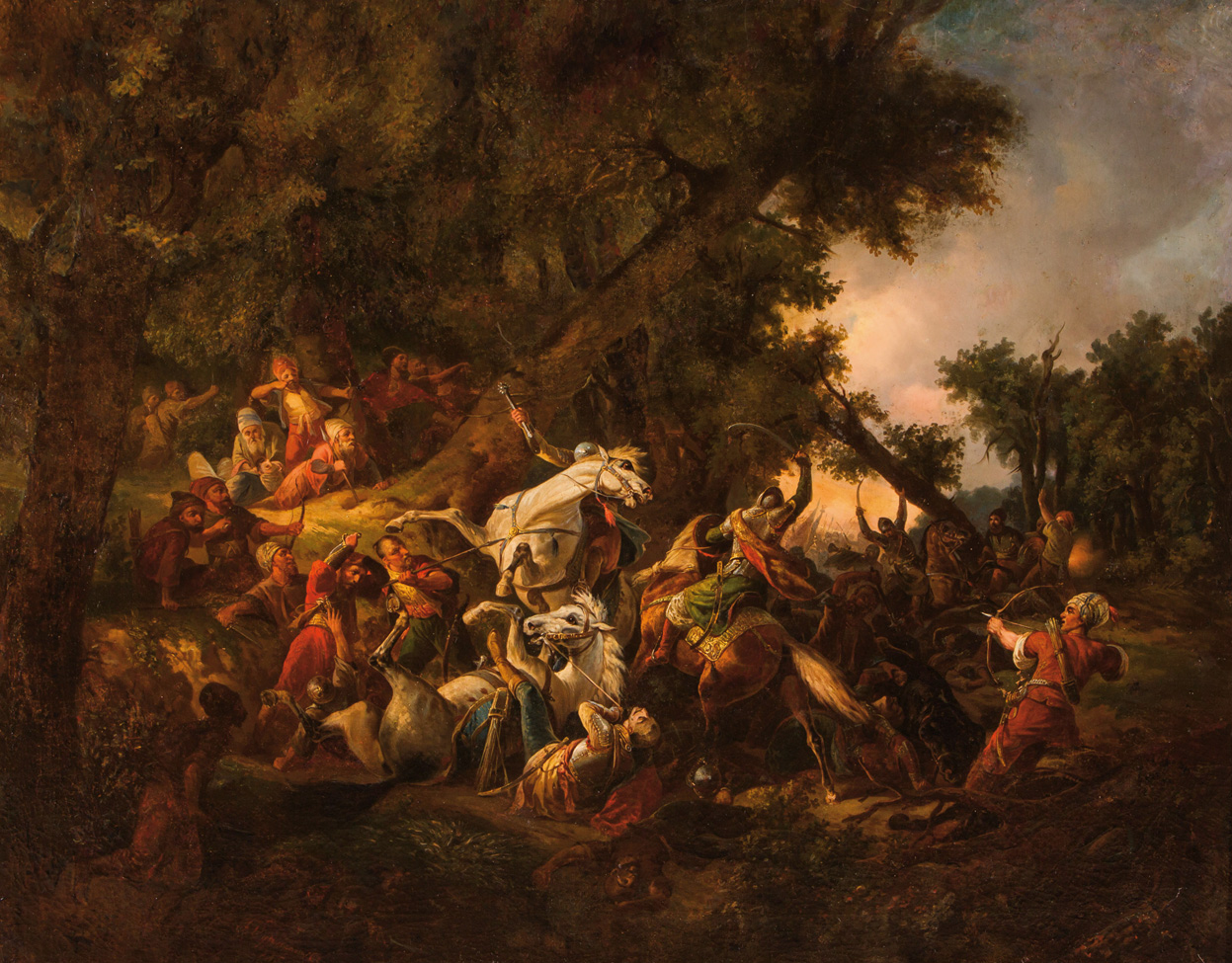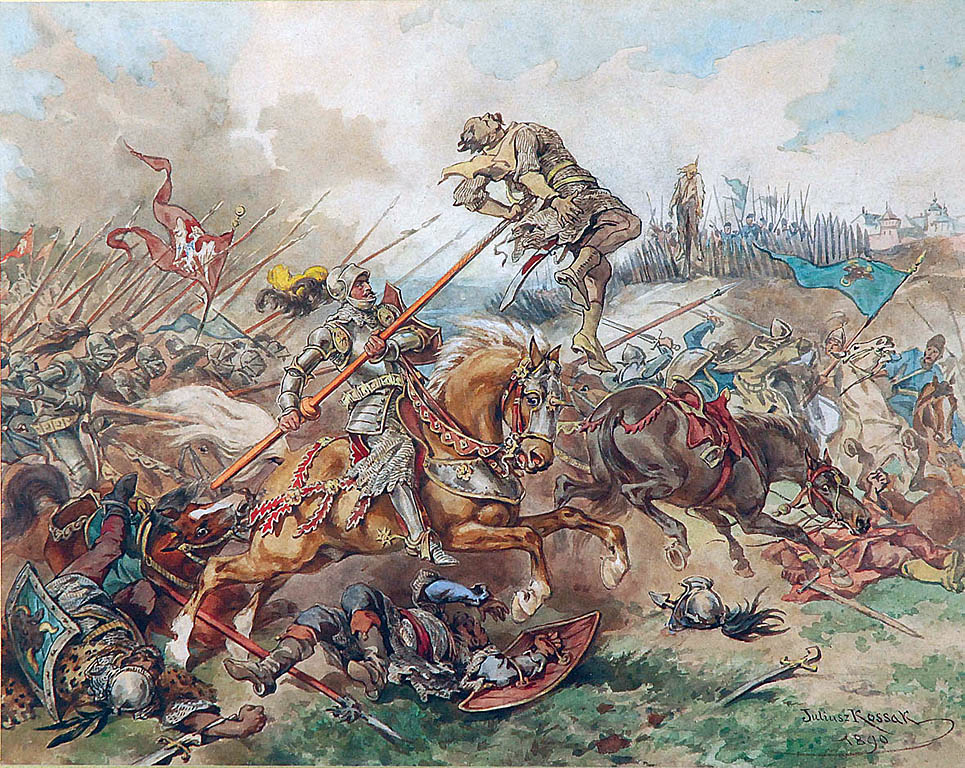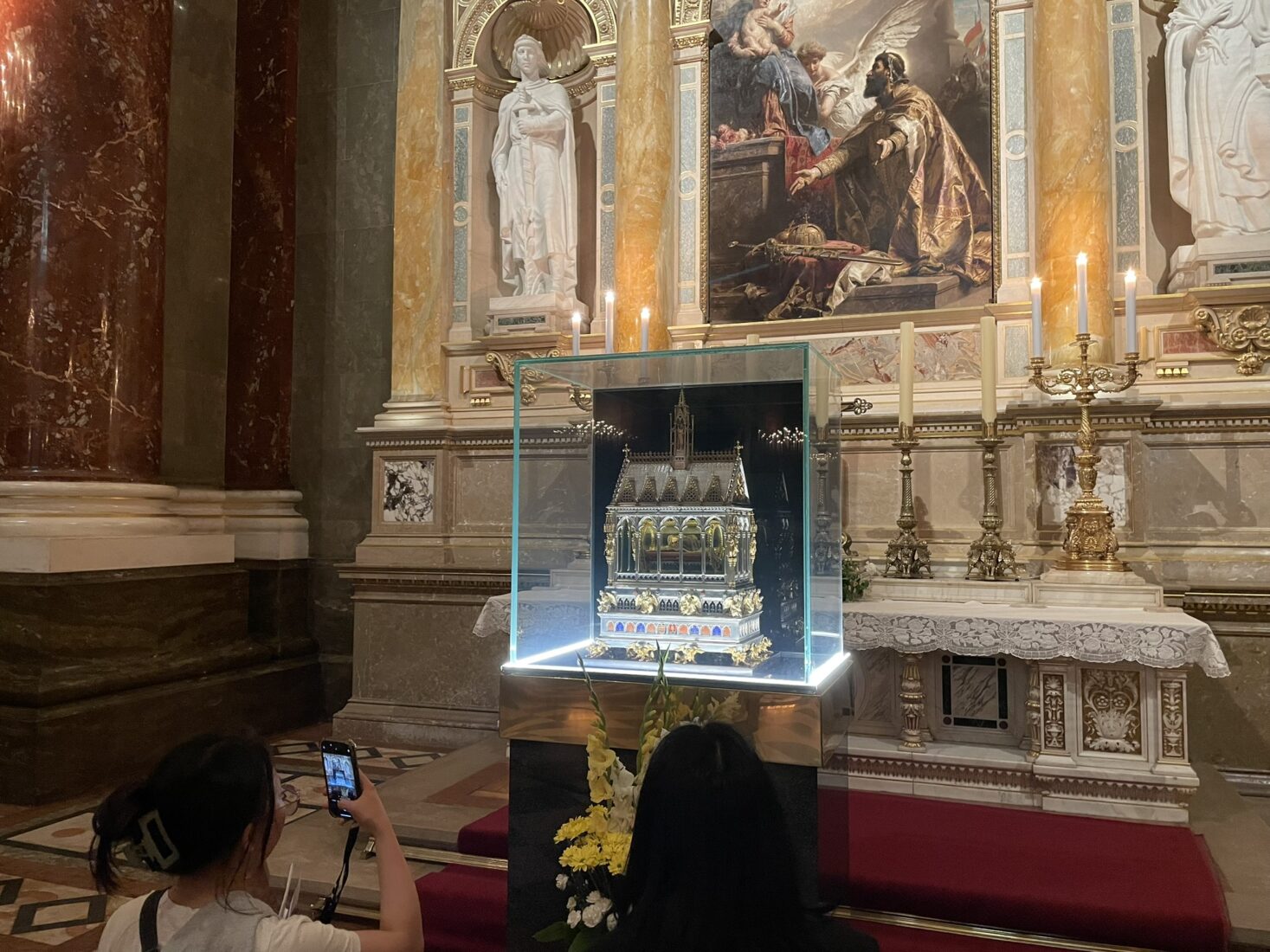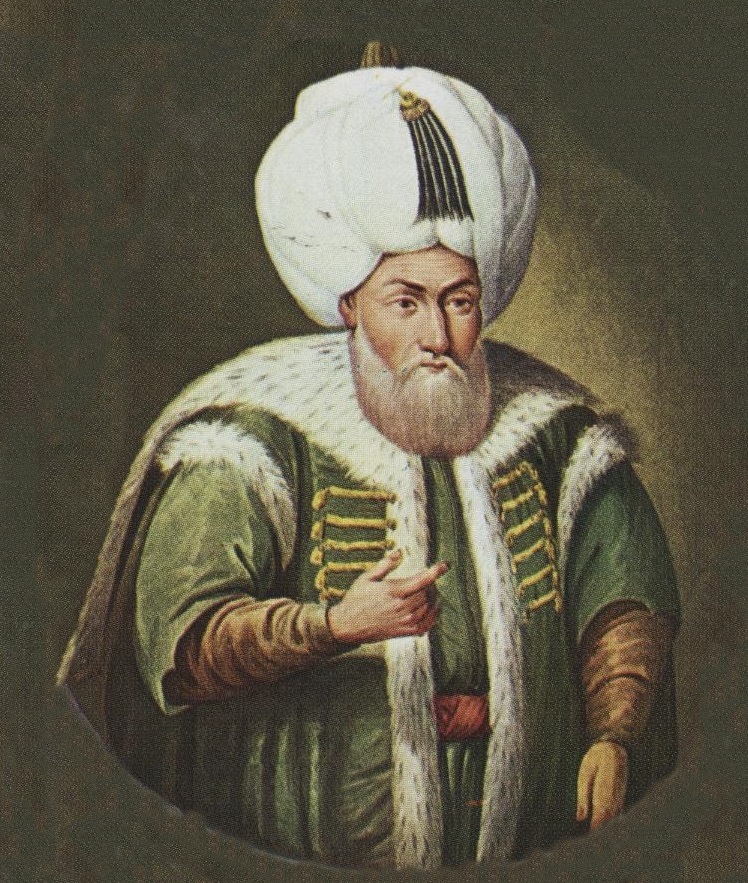
By conquering Kilia and Akkerman, which controlled the final outlets of the Danube and Dniester rivers, Sultan Bayezid II severed Moldavia's connection to the Black Sea and secured a crucial base for future Ottoman campaigns to subjugate Moldavia.
In this article, we aim to discuss a significant event highlighted in Solakzade's history. History has shown, as the timeline moved toward the Turkish era, that in 1497, armies could be routed through the use of Turkish attire.

Sultan Bayezid II, by capturing Kilia and Akkerman, which oversaw the end of the Danube and Dniester rivers, cut off Moldavia's access to the Black Sea and gained a vital strategic point for subsequent Ottoman expeditions aimed at bringing Moldavia to heel.
Stephen the Great, the Prince of Moldavia, sought assistance from King Casimir IV of Poland to reclaim these cities, but his request was denied. Consequently, a Polish envoy named Mikolaj Firlej was sent to Istanbul to negotiate a two-year truce, and on March 22, 1489, Bayezid II granted Poland its first commercial treaty. This treaty was renewed and extended for another three years with the addition of new articles during the reign of Casimir's son, Jan Albert.
Jan Albert, who succeeded his father Casimir IV as the King of Poland, planned to expand his territories southward and thus set his sights on Moldavia. His initial aim was to invade Moldavia, bestow it upon his brother Sigismund, and then reclaim the Ottoman-controlled parts of Moldavia.
Jan Albert's ultimate goal was to seize Moldavia, thereby dislodging the Ottomans from the northern Black Sea and enabling Poland to establish its defenses on the Danube. Believing the necessary conditions were in place, especially with support from the Hungarians, he began to take action.
Initially concealing his true intentions, John Albert contacted Prince Stephen of Moldavia, urging them to act jointly against the Turks. However, Stephen, sensing John Albert's real motive, immediately appealed to the Ottoman Empire, secretly informing them of the situation. He conveyed to Istanbul that if the Ottomans assisted, he could repel the enemy, and that Moldavia was merely the first target, with the Ottomans being the ultimate objective. The Ottoman Empire, keen to protect its tributary principality and maintain its dominance over the Black Sea, decided to intervene.

According to the Ottoman chronicler Kemalpasazade, Sultan Bayezid II, in response to the plea for help from Stephen the Great, the Voivode of Moldavia, against the Polish forces, mobilized the Sanjak of Silistra to safeguard his land.
Bayezid II ordered all forces to gather at the center and instructed Yakub Pasha, the Beylerbey of Rumelia, to go to Philippopolis (now Plovdiv) to observe the situation and intervene if necessary. Sensing the danger, the Hungarians proposed including Poland in the existing Ottoman-Hungarian peace treaty. However, the Ottoman Empire responded negatively to this proposal and began to monitor the situation.
In early June 1497, King John I Albert of Poland attacked Moldavia under the pretext of protecting it from the Turks and expelling them from the ports near the mouth of the Danube. In response, a Turkish force of 600 men crossed the Danube from Silistra and joined the Moldavian Voivode.
Faced with the small number of allied troops, Stephen devised a plan. He ambushed the Turkish unit in a strategic position. He then dressed 4,000 Moldavian soldiers in Turkish attire and positioned them behind the 600 Turkish soldiers. Subsequently, he sent news to the Poles, informing them that the Ottoman advance units had arrived and that they should annihilate them before the main force arrived. Unaware of Stephen's trap, Albert dispatched a force of 5,000 men. Stephen then led these units to the vicinity of the Turkish forces he had previously positioned in the Cosmin Forest.
The Turkish forces launched a sudden attack on the ambushed unit. Caught completely off guard by the surprise assault, the Poles were further terrified when the Moldavians in Turkish clothing began playing their war drums and kettledrums in the Ottoman style and moved into action. Believing the Ottoman army had arrived, they retreated in disarray. Those who managed to escape informed John Albert of the situation.
Consequently, John Albert hastily abandoned Moldavian territory and retreated to his own country. The entire baggage train, supplies, belongings, and goods of the army were left behind for the Moldavians.

Sultan Bayezid, wanting to punish Poland for the attack, tasked Malkocoglu Bali Bey, the governor of Silistra, with raiding Polish territories. Despite the strong reactions of the Hungarian king, Malkocoglu Bali Bey, with the army under his command, ravaged a large part of Polish lands with fire.
Stephen the Great, who guided the army during Malkocoglu Bali Bey's raid into Poland, was rewarded for his services by Istanbul with a sable fur coat of honor, two horsetails (a symbol of high rank), and a banner. Ultimately, Stephen the Great, struggling to survive among the three major powers surrounding him, advised his son Bogdan on his deathbed to submit their country to the Turks, stating that the Turkish nation was more understanding and powerful. This advice became a defining factor in Moldavian politics in the subsequent periods.